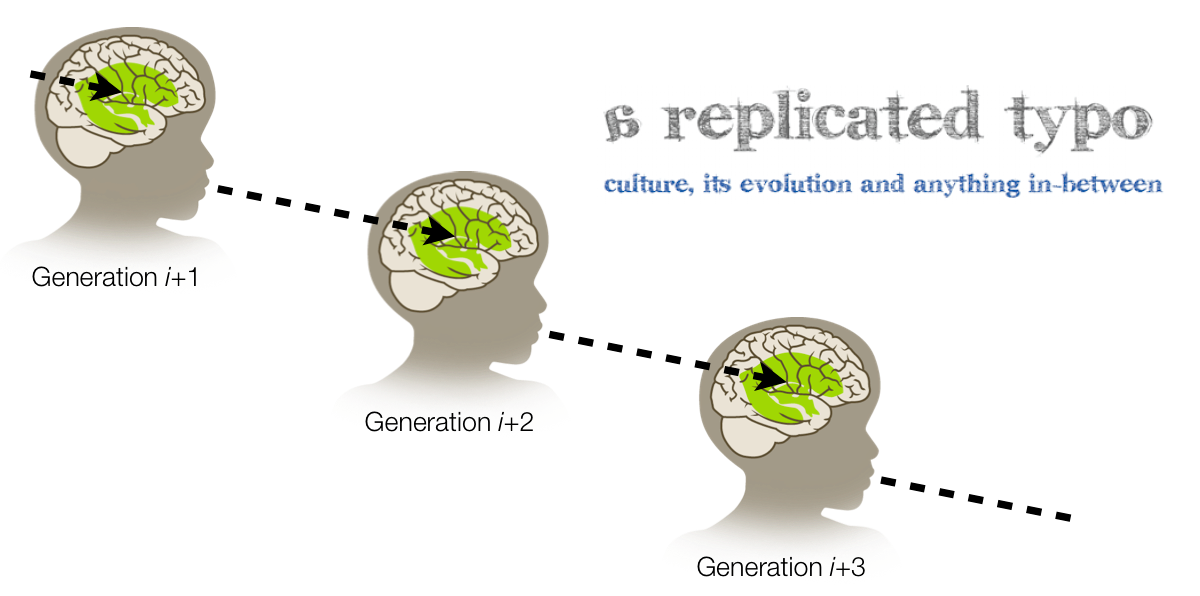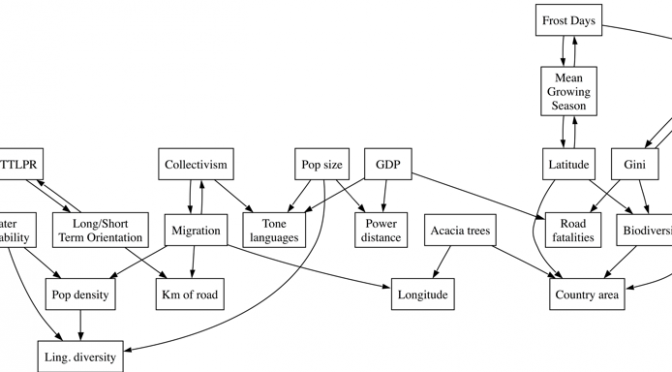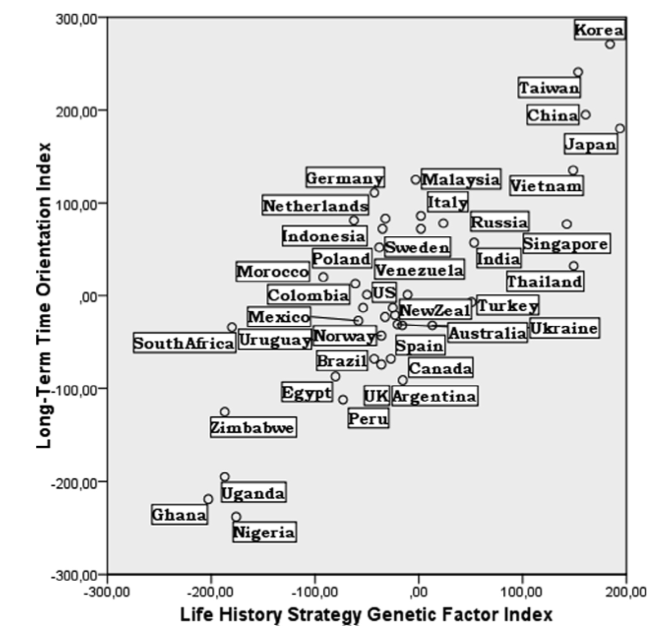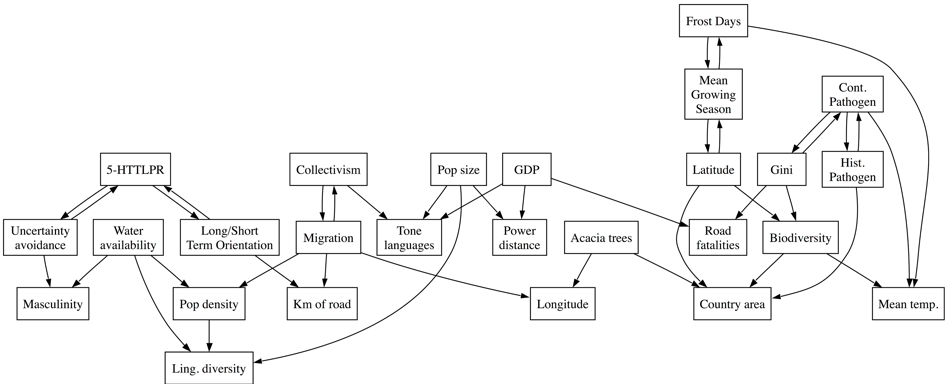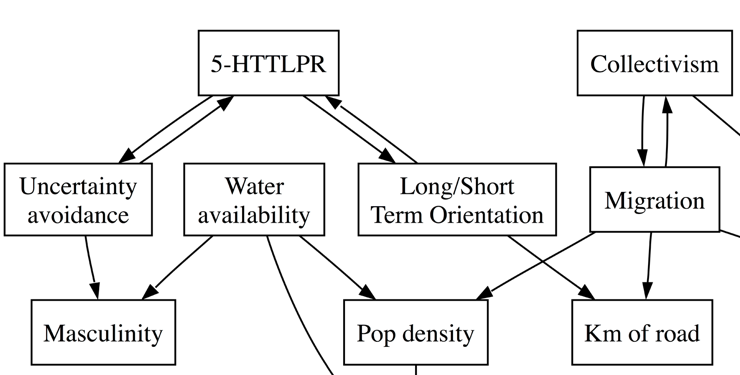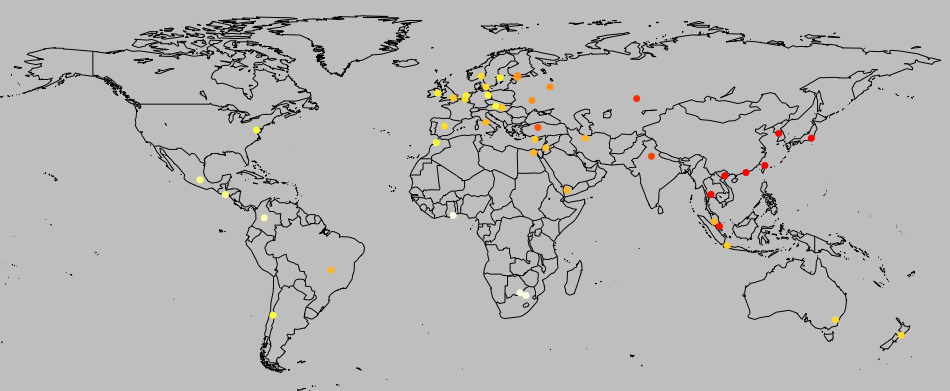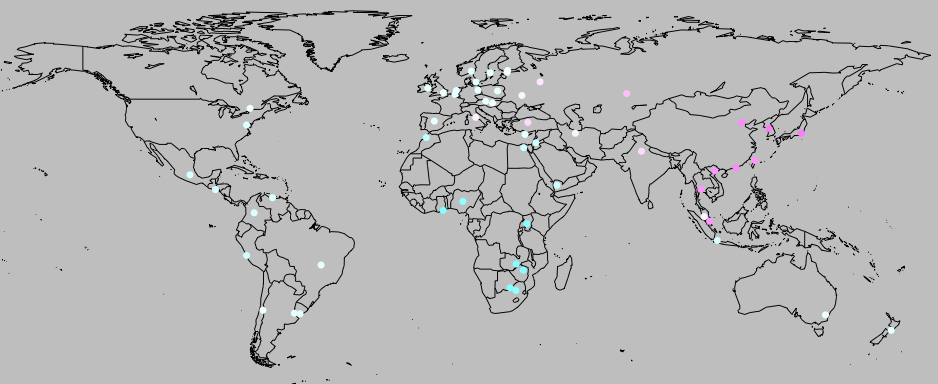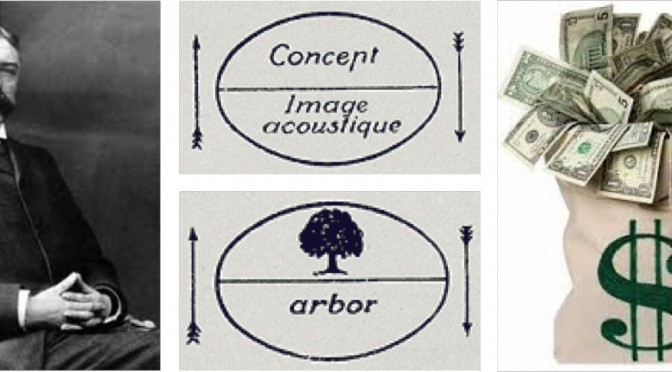I think the thing to do at this point is post a version of my own view of cultural evolution, but one that skips the terminology that I’ve recently adopted. In this version, which more or less centers on my 1996 article, Culture as an Evolutionary Arena, I adopt the term “meme” as the name of the genetic entities of culture. Though I’ve recently dropped the term, I’ll use it in this post.
Gavagai and Conduits
First, though, I want to think a bit about the problem of evolving a communication system.
Some years ago I was engaged in an email conversation with Valerius Geist, a naturalist, who pointed out that biological communication systems are very conservative because they have to evolve two sets of matched traits. They’ve got to evolve a system to emit signals – vocal calls, gestures, postures – and one that understands those signals. These two systems have to match. If they don’t, the communication will fail.
Culture has the same problem, which we can illustrate with a classic thought experiment in the philosophy of language. This is from Willard van Orman Quine, Word and Object (1960). He asks us to consider the problem of radical translation, “translation of the language of a hitherto untouched people” (Quine 1960, 25). Consider a “linguist who, unaided by an interpreter, is out to penetrate and translate a language hitherto unknown. All the objective data he has to go on are the forces that he sees impinging on the native’s surfaces and the observable behavior, focal and otherwise, of the native.” That is to say, he has no direct access to what is going on inside the native’s head, but utterances are available to him. Quine then asks us to imagine that “a rabbit scurries by, the native says ‘Gavagai’, and the linguist notes down the sentence ‘Rabbit’ (of ‘Lo, a rabbit’) as tentative translation, subject to testing in further cases” (p. 25).
Quine goes on to argue that, in thus proposing that initial translation, the linguist is making illegitimate assumptions. He begins his argument by nothing that the native might, in fact, mean “white” or “animal” and later on offers more exotic possibilities, the sort of things only a philosopher would think of–one of the possibilities was “mere stages, or brief temporal segments, of rabbits” (p. 46). Quine also notes that whatever gestures and utterances the native offers as the linguist attempts to clarify and verify will be subject to the same problem. Quine’s argument is thorough and convincing.
This situation, of course, is rather different from that of ordinary speech between people who share a common language. In the common situation both parties would know the meaning of “Gavagai.” Yet, however effective it is, ordinary speech sometimes fails to secure understanding between people and, when such understanding is achieved, that achievement has required back-and-forth speech. The mutual understanding is achieved through a process of negotiation. As William Croft reiterates in chapter 4 of Explaining Language Change, we cannot get inside one another’s heads and so must negotiate meanings in conversation.
That is to say, communication through language is not a matter of sending information through a pipeline. It does not happen according to what Michael Reddy (1993 in Ortony, Metaphor and Thought) has called the conduit metaphor. Reddy’s article is based on 53 example sentences. Here are the first three (p. 166, italics in the original):
1. Try to get your thoughts across better
2. None of Mary’s feelings came through to me with any clarity
3. You still haven’t given me any idea of what you mean
Reddy’s argument is that many of our statements about communication seemed to be based on the notion of sending something (the thought, idea, feeling) through a conduit, hence he calls it the conduit metaphor. He knows that communication doesn’t work that way, but that’s not his central issue. His central concern is to detail the way we use the conduit metaphor to structure our thinking about communication.
Of course, language is not the only medium of human communication and culture. One can craft a wheel that’s just like an existing wheel without having to know what the wheelwright was thinking. As long as your wheel is acceptably like existing wheels, it is OK. How you made it is secondary. Even there, of course, you can observe a master wheelwright at work and imitate his process. One can learn music through imitation as well.
That is, as long as there is a publicly visible physical model, of an object or a process, one can learn how to make the object or perform the process through imitation, hence the emphasis on imitation in the memetics literature. Imitation fails, however, when it comes to the meanings of words. You can learn to imitate sounds, but not meanings. The learning of meaning is different, and it is something that’s been all but ignored in the orthodox memetic literature. That literature assumes that we “transfer information” like sending oil or water through a pipeline. It uses a reified concept of information to dissolve the problem, rather than solve it. It is not well-informed about cognitive science and linguistics and so cannot be considered intellectually serious. Continue reading “Issues in Cultural Evolution 2.2: ‘Cultural Genes’ are Out There in the World”
